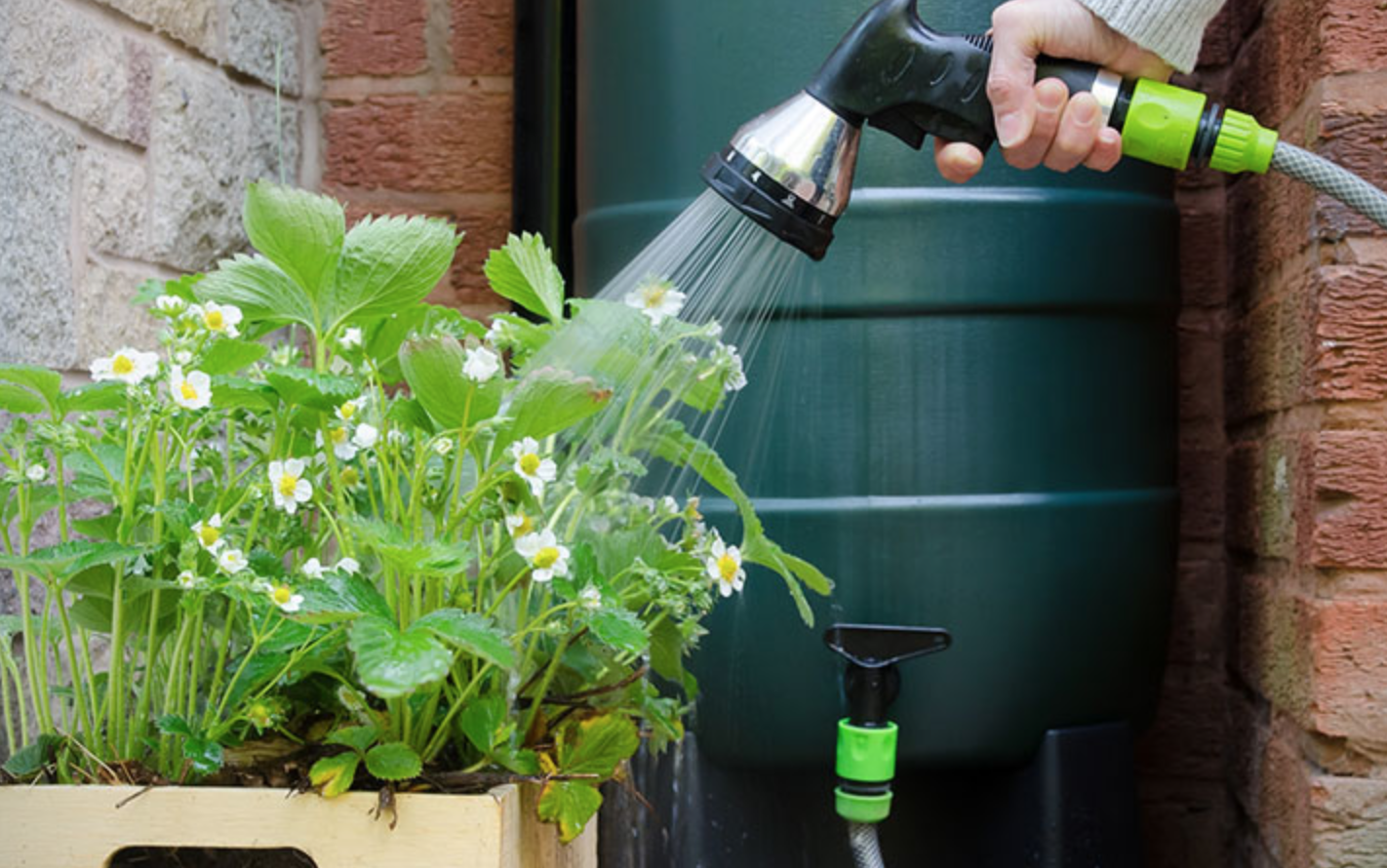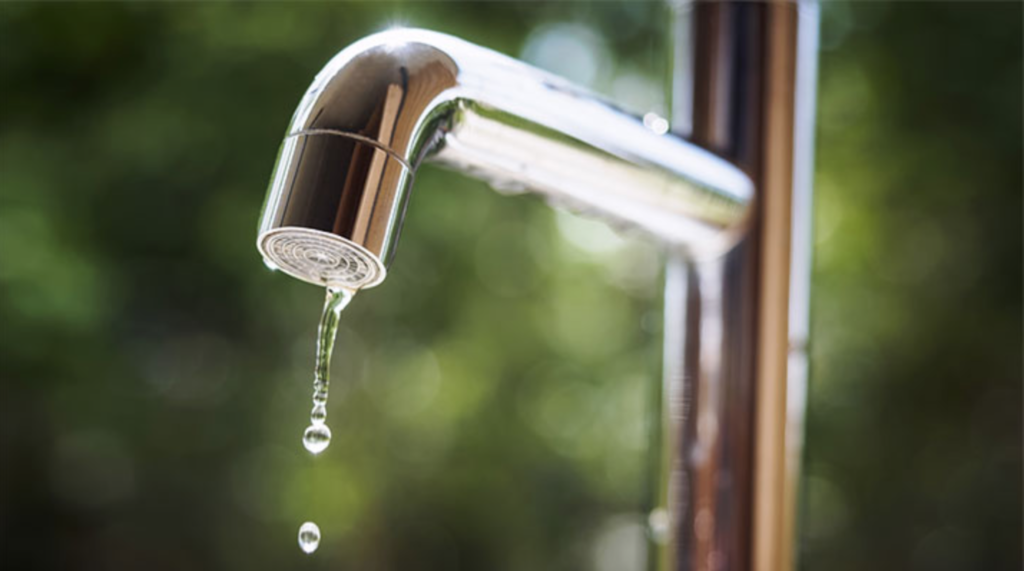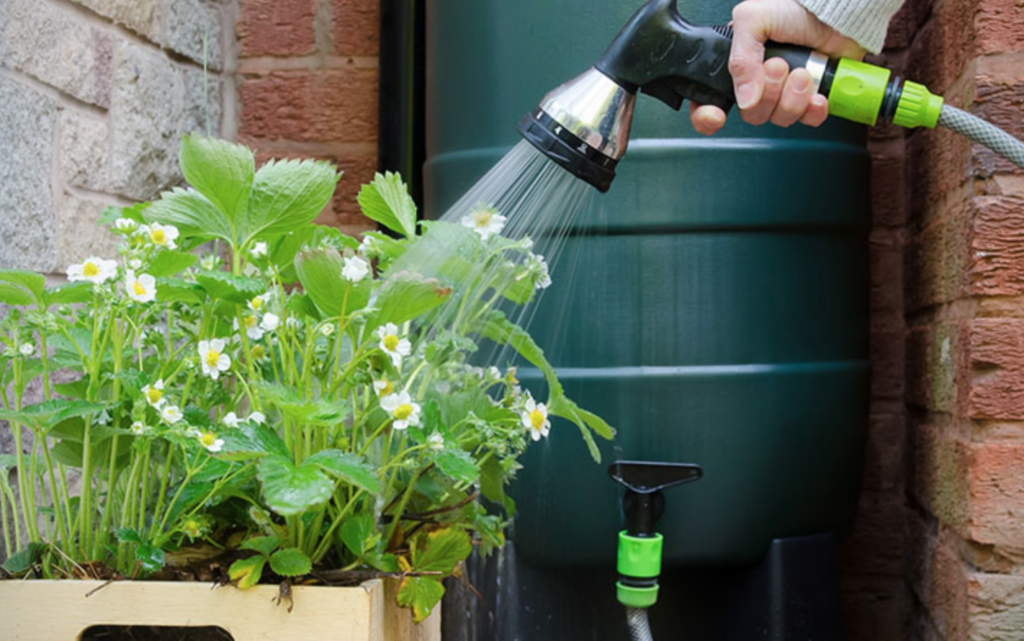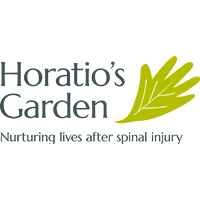Saving water in the home and garden

Wetlands are a really useful habitat for people and wildlife. They work really hard for us but they can only do this when they are clean and well cared for. One way to do this is to be mindful of how much water we use, and what we put in the water supply.
According to the UK Environment Agency, we need to reduce our water use by a third . If we don’t, England will be facing significant water shortages by 2050. Luckily, there are lots of ways we can save water at home, from using water saving devices to making simple daily changes.
10 tips for saving water at home
Here are 10 small changes to make that will all add up!
Turn off the tap when you’re brushing your teeth, shaving, washing or washing up and you could save around 6 litres of water in a single minute.
Wash vegetables in a bowl not in running water. And washing up with the plug in or using a bowl can reduce water use by 50%.
Fill kettles and pans with as much water as you need. Boiling less saves water and energy. And if you put the lid on the pan, then the vegetables cook quicker and you lose less water.
Fix a leaky or dripping tap. This wastes an average of 13 litres of water a day.
Recycle your used water. If it’s been used for washing fruit and veg, or boiling rice or pasta it can be used again for watering house-plants or the garden. Vegetable washing waters contain nutrients – free fertiliser! You can even use your old bath or shower water but it should not be used on fruit or vegetables. And if it takes time for the hot water to come through to your taps, collect the water until it runs hot and use it to water plants or similar.
Add a water-saver to the cistern of your toilet. UK water companies now offer customers free or discounted savers for cisterns, along with other water-saving devices such as lower flow shower heads and aerators for taps. Older style toilets can use up to 13 litres of water with every flush (while newer dual flush toilets typically use 4-6 litres) so the savings from a water-saver can really stack up. But make sure that you don’t reduce the flush volumes too much as this would then mean flushing twice…
Leaky loos are one of the most common causes of unexpected high water use in the home. Clean water continuously dribbles from the cistern into the pan. You can check by putting a few drops of food colouring in the cistern waiting for an hour or so and then seeing if the water in the pan is coloured. If it is, you have a leak and need to get a plumber or DIY repair.
Have a shower rather than a bath. The average bath uses 80 litres of water while a shower could use as little as a third of this although some power showers can use as much as a bath. And consider an efficient shower head which could reduce your water bills by up to £120 a year . If you are having a bath, just having an inch less water in there can still save around 5 litres.
Use your dishwasher instead of hand washing. A report in the International Journal of Consumer Studies, showed that an average of 140 litres of water are used while washing by hand, compared to 13 litres of water used during a quick cycle in the dishwasher. And look to see what setting uses the least water and electricity as it’ll save you money twice!
Bottle it – Waiting for the tap to run cold can waste more than 10 litres of tap water a day so why not put a large bottle of water in the fridge so it is always super cool.
10 tips for saving water in the garden
Collect rainwater in butts, barrels, old sinks and baths and use it to water plants, top up ponds, provide drinks for pets, or clean muddy boots and bikes. Make sure that wildlife can get out though.
Use a watering can not a hose as it uses less water, and don’t waste water on paths or patios.
Water your garden early in the morning or in the evening – evaporation is at its lowest and plants will benefit. Fit a trigger nozzle to your hosepipe to halve water use and direct the water to where you need it.
Mulch or add bark to your flowerbeds and veg patches and it can help reduce evaporation by a whopping 70%.
Let your lawn go brown, it helps it to build up resistance and will spring back to green after it rains. Ditch the sprinkler – it can use up to 1000 litres an hour, more than a family of four uses in the home on a single day. In hotter weather, let the lawn grow a little longer as it helps keep the moisture in the soil. When replanting lawns look for grass varieties that like it dry including fescue grass or smooth stalked meadow grass.
Consider native plant varieties and species which need less water including those with grey or silver leaves that reflect more of the sun’s radiation or succulents. Many species are available that thrive in dry conditions yet are helpful to bees and butterflies.
Create a mini drainpipe-wetland which will soak up excess rainwater and provide vital habitat for wildlife and beautiful plant life for your garden.
Choose your pots with care as some lose water more quickly (metal heats up quickly, unglazed terracotta is more porous than glazed terracotta so loses water more quickly) and think about where you put them to avoid the midday sun.
Place a plant pot under any hanging baskets so it can make use of drips from above.
Look at creating shade for your flower beds and using larger plants, trees or structures.
WWT & water-saving
WWT is constantly adding environment-friendly features to its network of UK visitor centres, to lower its own carbon footprint and to help our staff, volunteers and one million annual visitors to use water wisely.
The range includes harvesting rainwater in our rain gardens, recycling grey water, reed bed waste filtration, energy-saving technologies, ‘green’ roofs and the use of recycled and ‘green’ building materials.
Many of the best ideas are on public view, inspiring visitors to think about adopting them too. Rain gardens are a sustainable way to harvest rainwater and are great for wildlife too, but there are lots of other ways to bring water to your garden that wildlife will love.
For more wetland friendly gardening tips visit the WWT website here




















